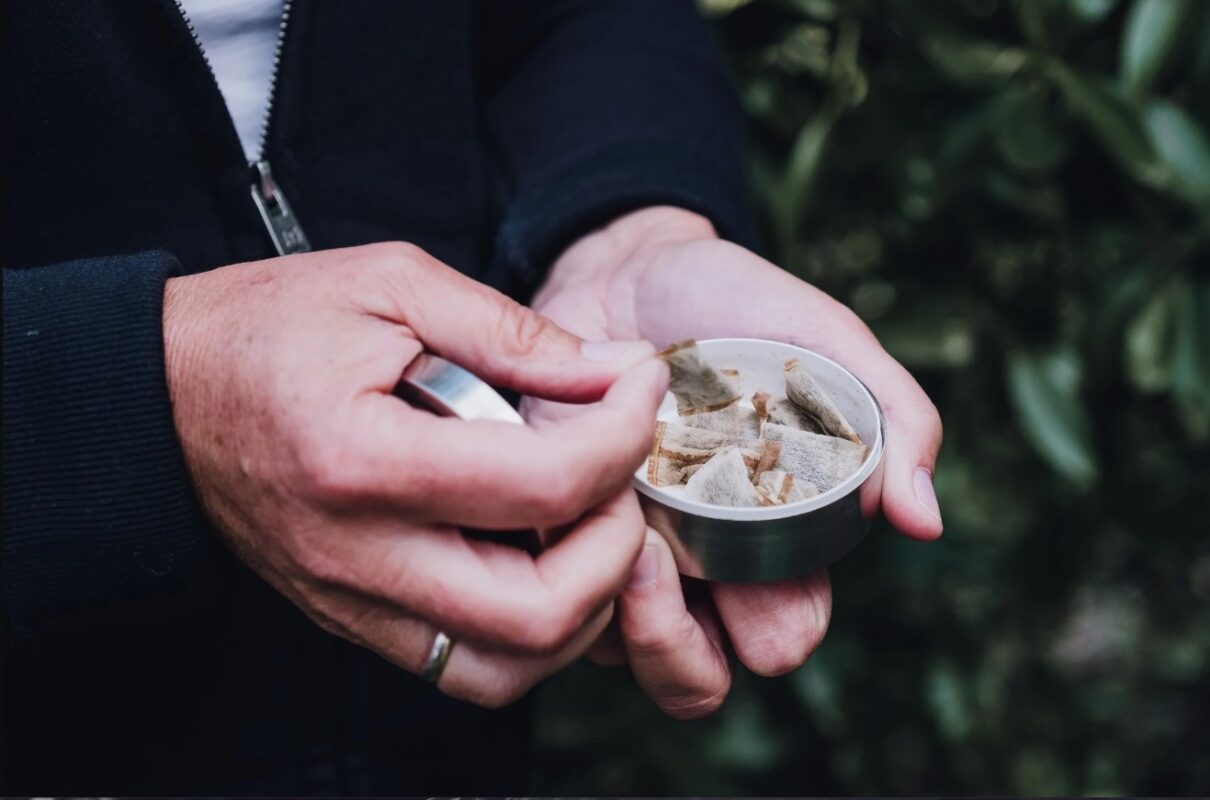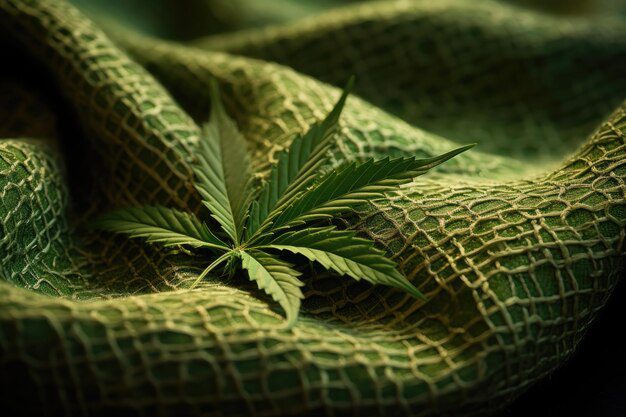Evolution of Tobacco Usage Through Time

The history of tobacco spans back to around 6,000 BC, originating from the Americas and primarily represented by the plant known as Nicotiana tabacum. This plant, a relative of the nightshade family, was initially confined to the Americas. In 1492, Christopher Columbus encountered Native American tribes who introduced him to dried tobacco leaves among other gifts. Despite initially dismissing them due to their inedibility and peculiar aroma, Columbus soon recognized their value when traded among the natives. This encounter marked the beginning of tobacco’s introduction to Europe, notably observed by Rodrigo de Jerez and Luis de Torres in Cuba. Jerez, in particular, adopted smoking, thereby initiating its spread back to Spain.
European Tobacco’s History
In Europe’s history, the introduction of tobacco sparked curiosity and controversy alike. Jerez, known for his peculiar habit of exhaling smoke from his mouth and nose, faced scrutiny from his neighbors, leading to his arrest by the Holy Inquisition. Despite this, the allure of smoking spread swiftly, fueled by seafarers frequenting Spain and Portugal.
By the 15th century, Portuguese sailors began cultivating tobacco at their trading posts, initially for personal use and later for commercial purposes in Brazil by the mid-century. This cultivation rapidly turned tobacco into a coveted commodity, traded extensively between Europe and the Americas.
By the late 16th century, tobacco had permeated every corner of Europe, embraced for both snuffing and smoking. Its alleged medicinal benefits were touted by physicians, with figures like Nicolas Monardes publishing works detailing tobacco’s supposed capacity to cure a variety of ailments, marking its integration into European medical discourse.
American Tobacco’s History
The history of tobacco in America dates back to the Revolutionary War era when tobacco products began gaining prominence. During this time, tobacco served as collateral for loans obtained from France by the revolutionaries in 1776, highlighting its economic significance.
In 1847, Philip Morris was established in the UK, pioneering the sale of hand-rolled Turkish cigarettes. This practice was soon adopted by J.E. Liggett and Brother, an American company founded in St. Louis in 1849. While chewing tobacco dominated the 19th century (with R.J. Reynolds Tobacco Company, founded in 1875, specializing exclusively in chewing tobacco), cigarettes began to gain popularity.


The widespread popularity of cigarettes accelerated with the invention of the cigarette-making machine by James Bonsack in 1881. Partnering with James ‘Buck’ Duke, Bonsack’s invention led to the formation of the American Tobacco Company (ATC). Today, the legacy of the ATC continues under British American Tobacco, a global corporation that reported revenues of $13.104 billion in 2015.
Rise of Tobacco Consumption
During the First and Second World Wars, cigarettes surged in popularity as tobacco companies distributed millions of packs to soldiers, fostering a loyal consumer base. Cigarettes became a staple in soldiers’ C-rations alongside food and supplements. In the 1920s, tobacco companies intensified marketing efforts towards women with brands like ‘Mild as May,’ aiming to feminize smoking and attract female smokers. By 1935, the number of female smokers in the United States had tripled as a result.
Dangers of Smoking
Throughout history, concerns over nicotine’s hazards have persisted since the emergence of smoking. As early as the 17th century, Chinese philosopher Fang Yizhi cautioned about the detrimental effects of smoking, describing it as causing ‘scorched lungs’. Sir Francis Bacon, in 1610, observed the addictive qualities of tobacco, noting its challenging nature to quit—a time when nicotine’s addictive properties were unknown and its presence in tobacco was not recognized.
In Great Britain, as early as 1761, snuff users were cautioned about the risk of nose cancer, while German doctors in 1795 began warning pipe smokers about the potential for lip cancer. By the 1930s, American medical professionals started linking tobacco use to lung cancer, and in 1964, the Surgeon General’s report definitively established smoking as a cause of lung cancer in men.
Contemporary Trends in Tobacco
Today, tobacco and its associated products face stringent regulations due to numerous legal battles that have compelled companies to transparently disclose their detrimental health effects. Advertising of tobacco is now heavily restricted and closely monitored.
Despite these measures, tobacco corporations continue to amass billions in revenue annually, exacting a profound toll on public health. Globally, approximately 1 billion individuals are tobacco users, contributing to trillions of dollars in healthcare costs and environmental harm. Greater efforts are imperative to educate the populace, particularly youth, on the perils associated with smoking.


Timeline of Tobacco History
Here’s an overview of key events in the history of tobacco:
- 6,000 BC: Native Americans begin cultivating the tobacco plant.
- Circa 1 BC: Indigenous American tribes start using tobacco in religious ceremonies and for medicinal purposes.
- 1492: Christopher Columbus encounters dried tobacco leaves, given to him as a gift by American Indians.
- 1492: Tobacco and smoking introduced to Europeans.
- 1531: Europeans begin cultivating tobacco in Central America.
- 1558: Initial attempts at tobacco cultivation in Europe fail.
- 1571: European doctors publish works on the purported health benefits of tobacco, claiming it can cure various diseases.
- 1600: Tobacco becomes a cash crop, surpassing the gold standard in economic importance.
- 1602: King James I condemns tobacco in his treatise A Counterblast to Tobacco.
- 1614: Tobacco shops open across Britain, selling Virginia blend tobacco.
- 1624: Popes ban tobacco use in holy places, including snuff, likening it to pleasures too close to sexual indulgence.
- 1633: Turkey introduces and later lifts a death penalty for smoking.
- 1650: Tobacco cultivation begins in Africa, used also as currency by European settlers.
- 1700: African slaves first forced to work on tobacco plantations.
- 1730: First American tobacco companies open in Virginia.
- 1753: Swedish botanist Carolus Linnaeus names the tobacco genus nicotiana rustica and nicotiana tabacum.
- 1791: British doctors link snuff to increased risk of nose cancer.
- 1794: First American tobacco tax.
- 1826: Nicotine isolated for the first time.
- 1847: Philip Morris opens its first shop in Great Britain, selling Turkish hand-rolled cigarettes.
- 1880: Bonsack invents the first cigarette-rolling machine.
- 1890: American Tobacco Company established.
- 1902: Philip Morris begins selling cigarettes in the US, including the Marlboro brand.
- 1912: First reported link between smoking and lung cancer.
- 1918: Post-war generation returns addicted to cigarettes.
- 1924: Over 70 billion cigarettes sold in the US.
- 1925: Philip Morris triples female smokers through targeted marketing.
- 1947: Lorillard chemist acknowledges smoking’s cancer risks.
- 1950: Cigarette filters make up 50% of a cigarette.
- 1967: Surgeon General definitively links smoking to lung cancer and heart disease.
- 1970: Warning labels required on cigarette packs due to health hazards.
- 1970-1990: Tobacco companies face legal challenges limiting advertising.
- 1992: Introduction of nicotine patches and other cessation products.
- 1996: Tobacco linked conclusively to cancer-suppressor gene damage.
- 1997: Liggett Tobacco acknowledges health risks and funds anti-smoking campaigns.
- 1997: Tobacco company CEO admits in trial that products cause cancer.
- 1990-2000: Bans on public smoking enacted globally.
This timeline highlights significant milestones in the complex history of tobacco, from its ancient origins to its impact on public health and society.


